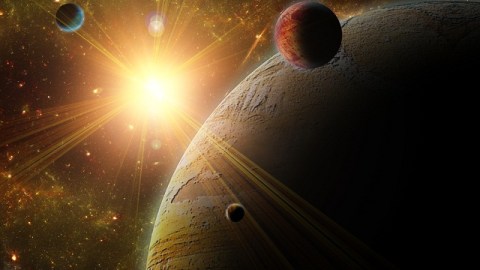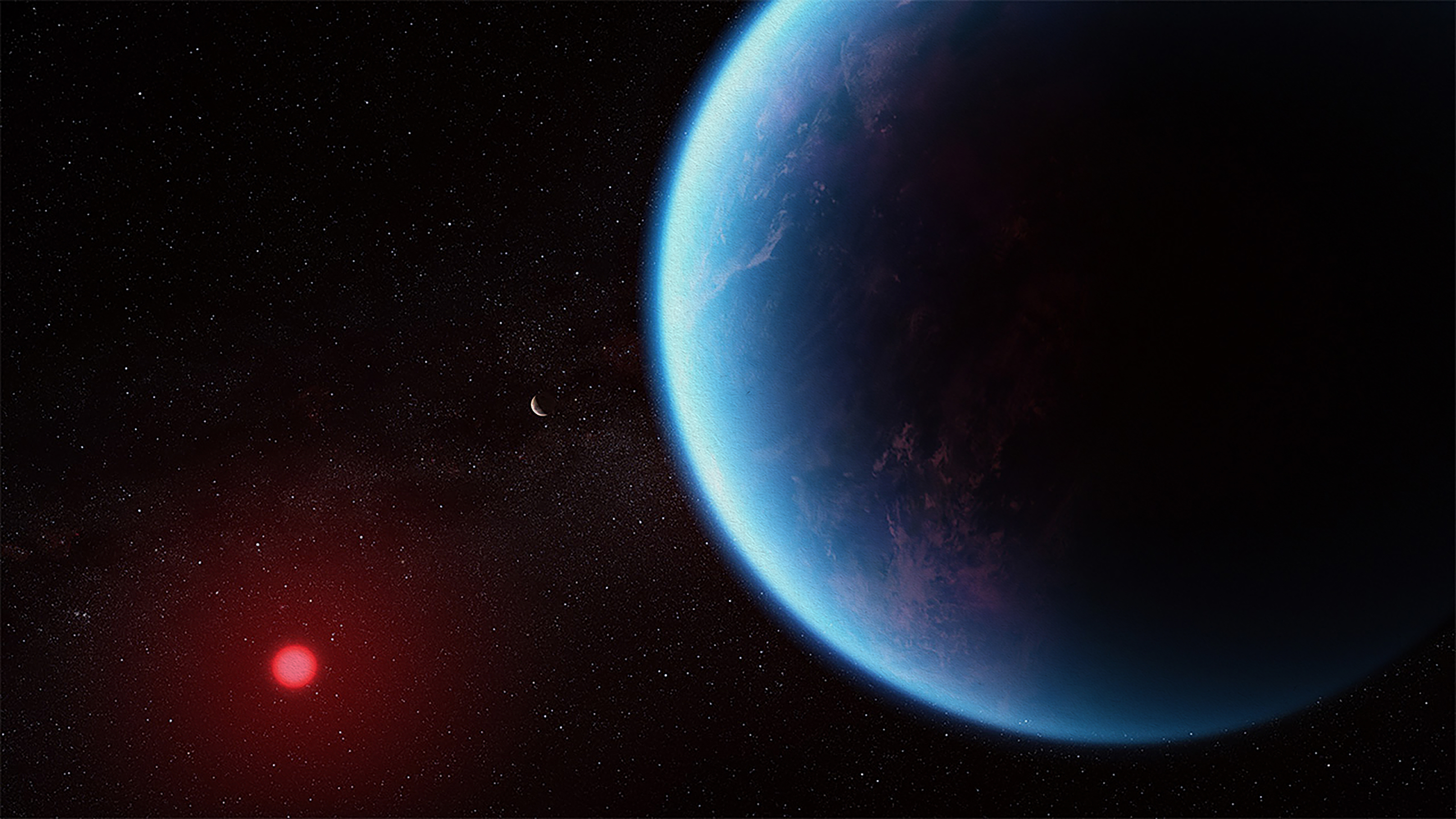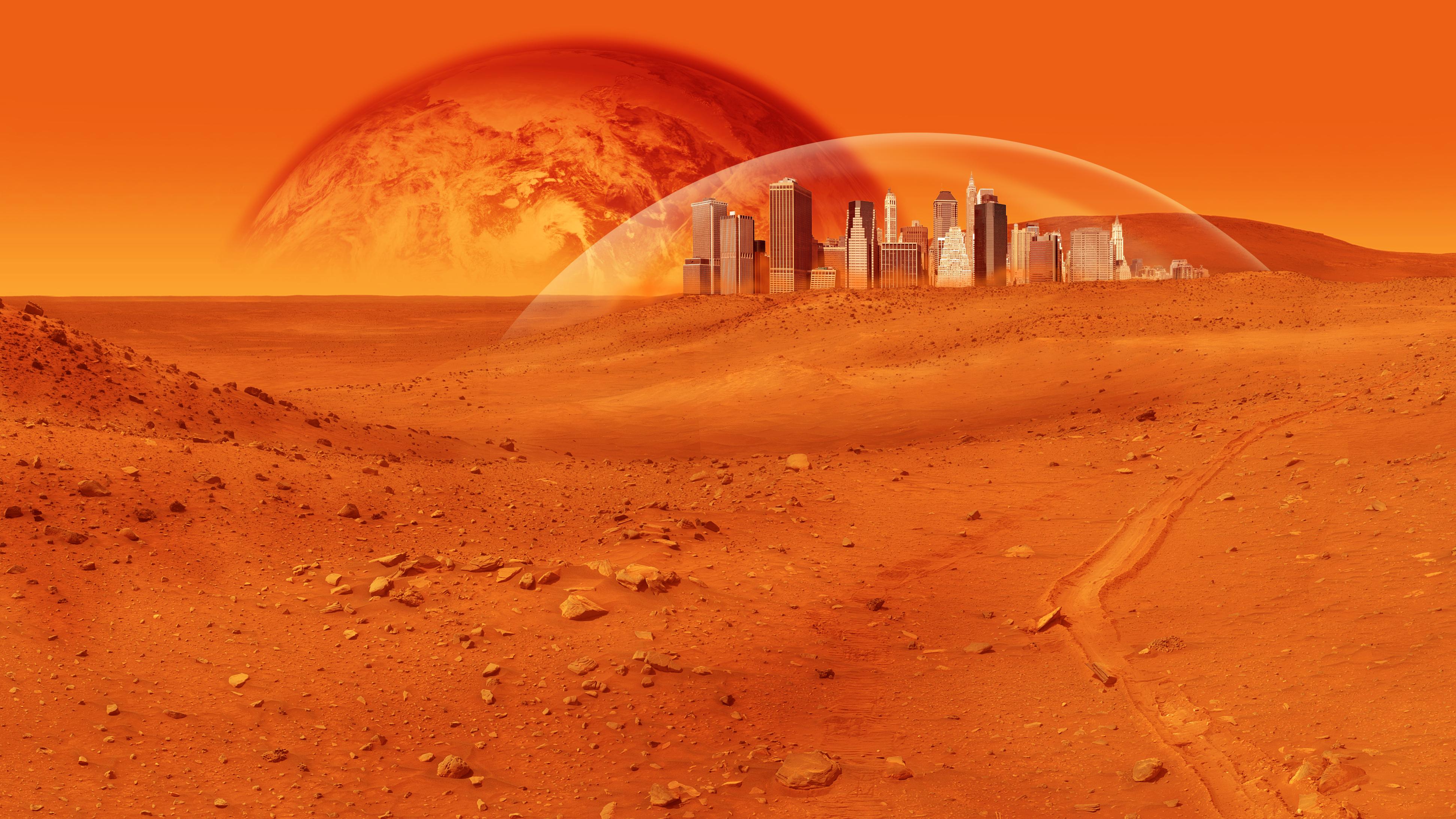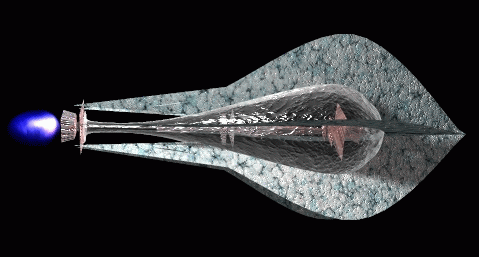New Planetary Neighbor Too Hot; Its Neighbors May Be “Just Right”

Article written by guest writer Kecia Lynn
What’s the Latest Development?
Yesterday it was announced that astronomers in Europe had discovered evidence of an Earth-size planet orbiting Alpha Centauri B, a star so close it can be seen without a telescope in some spots. This makes it the closest exoplanet (planet outside of Earth’s solar system) of its kind found to date. It’s too close to its own star to support life, but because its mass is similar to Earth’s, the astronomers believe that there may be others orbiting in the same system that are a little further away. These planets “might fit the not-too-hot, not-too-cold description sometimes call[ed] the Goldilocks Zone.”
What’s the Big Idea?
Because the Alpha Centauri system (which comprises three stars, including Alpha Centauri B) is the closest to Earth’s, researchers have long studied it for evidence of planets and, possibly, life. Now excited scientists are pushing NASA and the European Space Agency to speed up development towards getting some kind of exploration mission off the ground. It would be a 25-trillion-mile trip, true, but according to one planet-hunter, that’s not very far away…at least not from a cosmic point of view.
Photo Credit: Shutterstock.com





